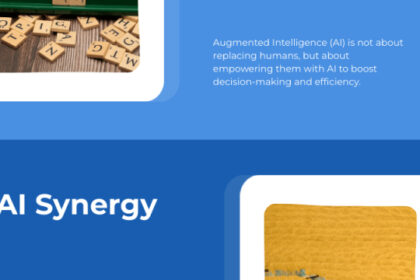In an increasingly digital world, the ability to understand and interact with technology is no longer just a specialized skill – it’s a fundamental form of literacy. Just as reading and writing opened doors to knowledge in previous generations, coding is becoming the language of innovation, problem-solving, and creation in the 21st century. For parents and educators, the idea of introducing “coding for kids” might seem daunting, conjuring images of complex lines of text and advanced computer science. However, the reality is far more accessible and, crucially, incredibly beneficial for young minds.
- Why Coding for Kids is More Crucial Than Ever Before
- Fostering Critical Thinking and Problem-Solving Skills
- Igniting Creativity and Innovation
- Preparing for the Future of Work: The Power of STEM Education
- Boosting Academic Performance Across Subjects
- Demystifying Coding: What Exactly Do Kids Learn?
- Age-Appropriate Approaches to Teaching Coding to Kids
- Early Learners (Ages 4-7): Play-Based Introduction
- Elementary Schoolers (Ages 8-12): Visual Programming and Storytelling
- Middle Schoolers and Beyond (Ages 13+): Transition to Text-Based Languages
- Top Programming Languages and Interactive Learning Tools for Kids
This comprehensive guide will demystify the world of coding for children, offering clear insights into why it’s a vital component of modern STEM education, what age-appropriate learning looks like, and the best programming languages and interactive learning tools available. We’ll explore how coding fosters critical thinking, ignites creativity, and prepares children not just for tech careers, but for success in any field they choose. By the end of this article, you’ll be equipped with the knowledge and confidence to start your child’s coding journey today, transforming screen time into a powerful educational adventure.
—

Why Coding for Kids is More Crucial Than Ever Before
The world our children are growing up in is shaped by technology. From the apps on our phones to the algorithms that power our search engines, code is everywhere. Learning to code isn’t about training every child to be a software engineer; it’s about empowering them with the tools to understand, interact with, and ultimately create the digital world around them. This foundational skill set offers a myriad of benefits that extend far beyond the computer screen.

Fostering Critical Thinking and Problem-Solving Skills
Coding is, at its heart, a series of problems to solve. Each task, whether it’s making a character move across the screen or building a simple game, requires children to break down complex challenges into smaller, manageable steps. This process, known as computational thinking, is invaluable. It teaches them to:
- Decompose: Break down a big problem into smaller, more manageable parts.
- Pattern Recognition: Identify similarities and trends in problems to find efficient solutions.
- Abstraction: Focus on the important information while ignoring irrelevant details.
- Algorithms: Develop step-by-step instructions to solve a problem.
- Mathematics: Coding reinforces concepts like sequencing, patterns, variables, and geometry.
- Language Arts: Creating interactive stories or understanding algorithms strengthens narrative structure and logical flow.
- Science: Simulating experiments or understanding data collection through code enhances scientific inquiry.
- Unplugged Activities: Games like “robot commands” (where children give instructions to a “robot” human) teach sequencing and debugging. Mazes and puzzle games develop logical thinking. These activities are excellent for developing early computational thinking skills.
- Screen-Free Coding Toys: Robots like Code & Go Robot Mouse or Cubetto allow children to physically program movements using tangible blocks or buttons, connecting actions to outcomes.
- Basic Block-Based Apps: Simple apps like ScratchJr (a simplified version of Scratch) introduce drag-and-drop coding for creating interactive stories and animations. The emphasis is on exploration, storytelling, and cause-and-effect.
- Scratch: Developed by MIT, Scratch is the gold standard for visual programming. Children can create interactive stories, games, and animations by snapping together colorful code blocks. It teaches core programming concepts like loops, conditionals, and variables in an intuitive way.
- Tynker: Offering a gamified approach, Tynker provides structured courses and challenges that guide kids through various coding concepts, from game design to robotics. It’s a fantastic interactive learning tool with a wide range of content.
- Code.org: Known for its “Hour of Code” initiatives, Code.org offers a comprehensive curriculum with engaging tutorials featuring popular characters, making learning accessible and fun.
- Python: Often recommended as the first text-based programming language for beginners due to its clear, readable syntax. Python is used extensively in web development, data science, AI, and game development, making it incredibly versatile. Kids can build simple games, calculators, or even basic web applications.
- JavaScript: The language of the web. Learning JavaScript allows teens to create dynamic and interactive websites, understanding how the internet truly works.
- Lua (Roblox Studio): For those passionate about game design, learning Lua within Roblox Studio allows them to create and publish their own games to a massive audience. This can be a highly motivating entry point into text-based coding.
- Scratch (MIT Media Lab):
- Features: Free, web-based, drag-and-drop interface, vast online community, creation of interactive stories, games, and animations.
- Benefits: Excellent for teaching fundamental programming concepts (sequences, loops, conditionals, events, variables) in a highly visual and creative way.
- Image Alt Text Suggestion: “Child happily creating a game using the colorful block-based interface of Scratch”
- External Link Suggestion: Scratch Official Website (Opens in new window)
- ScratchJr:
- Features: Free app for tablets, simplified interface, designed for ages 5-7.
- Benefits: Introduces very young children to coding concepts through storytelling and animation.
- Tynker:
- Features: Gamified lessons, covers a wide range of topics from block coding to Python and JavaScript, integrates with Minecraft and drones.
- Benefits: Highly engaging with structured pathways, ideal for children who thrive on challenges and rewards. A fantastic interactive learning tool.
- Features: Free, comprehensive curriculum for K-12, “Hour of Code” tutorials, partnerships with popular franchises.
- Benefits: Excellent for beginners, offers a structured learning path, and makes coding accessible to millions worldwide.
- External Link Suggestion: Code.org Official Website (Opens in new window)
These are not just coding skills; they are life skills that equip children to approach any challenge with a logical, structured mindset.

Igniting Creativity and Innovation
Many parents worry that coding might stifle creativity, but the opposite is true. Coding provides a powerful new medium for self-expression. Instead of passively consuming digital content, children become active creators. They can design their own games, animate stories, build interactive art, or even develop simple apps. This process of bringing an idea to life through code is incredibly empowering and fosters a strong sense of innovation. They learn that with a bit of logic and imagination, they can build anything they can envision.

Preparing for the Future of Work: The Power of STEM Education
While not every child will become a programmer, digital literacy is becoming as essential as traditional literacy. The skills learned through coding for kids are foundational to STEM education (Science, Technology, Engineering, and Mathematics). These fields are driving innovation and economic growth globally, and proficiency in them opens up a vast array of future career opportunities. Beyond traditional tech roles, industries from healthcare to finance, manufacturing to entertainment, increasingly rely on individuals who can understand data, automate processes, and think computationally. Introducing coding early ensures children are well-prepared for a future where digital fluency is a prerequisite, not just a bonus.

Boosting Academic Performance Across Subjects
The logical and structured thinking inherent in coding can significantly boost performance in other academic areas.
By engaging multiple parts of the brain, coding can make abstract concepts more concrete and relatable for young learners.
—
Demystifying Coding: What Exactly Do Kids Learn?
For many, the word “coding” conjures images of complex, indecipherable text on a black screen. However, for kids, coding starts much simpler. At its core, coding is about giving instructions to a computer in a language it can understand.
Imagine a recipe: it’s a set of instructions to create a dish. A computer program is similar – it’s a set of precise instructions (an algorithm) that tells a computer what to do, step-by-step. Kids learn to break down tasks into these instructions, arrange them in a logical order, and then see their creations come to life. They learn that computers are powerful tools, but they only do exactly what they are told. This understanding cultivates precision, patience, and attention to detail.
Initially, children don’t type out complex commands. They often start with visual, block-based programming, where they drag and drop graphical blocks that represent commands. This approach allows them to focus on the logic and structure of coding without being bogged down by syntax errors, making the learning process intuitive and fun.
—
Age-Appropriate Approaches to Teaching Coding to Kids
The beauty of coding for kids is that it’s highly adaptable. There’s no single “right” age to start; rather, there are age-appropriate methods that cater to different developmental stages.
Early Learners (Ages 4-7): Play-Based Introduction
For preschoolers and early elementary students, the focus should be on foundational concepts through play, often without a screen.
Elementary Schoolers (Ages 8-12): Visual Programming and Storytelling
This age group is ready for more structured, yet still highly visual, programming environments. This is where block-based coding platforms truly shine.
At this stage, children begin to understand more complex logic, experiment with different commands, and enjoy seeing their creative projects come to life. They develop a sense of agency over digital tools.
Middle Schoolers and Beyond (Ages 13+): Transition to Text-Based Languages
As children mature and their logical reasoning skills strengthen, they can begin to transition from block-based coding to actual programming languages. This step is crucial for deeper understanding and opens the door to more advanced projects.
This transition builds on the foundational concepts learned with block coding, preparing them for more powerful and professional programming tools.
—
Top Programming Languages and Interactive Learning Tools for Kids
Choosing the right platform is key to maintaining engagement and ensuring effective learning. Here’s a breakdown of some of the best options available for coding for kids.
Block-Based Coding Platforms: The Perfect Starting Point
These platforms are designed to be visually intuitive and minimize the frustration often associated with syntax errors in text-based coding.
Code.org*:
Stepping Up to Text-Based Languages
Once children grasp block-based logic, introducing them to text-based






